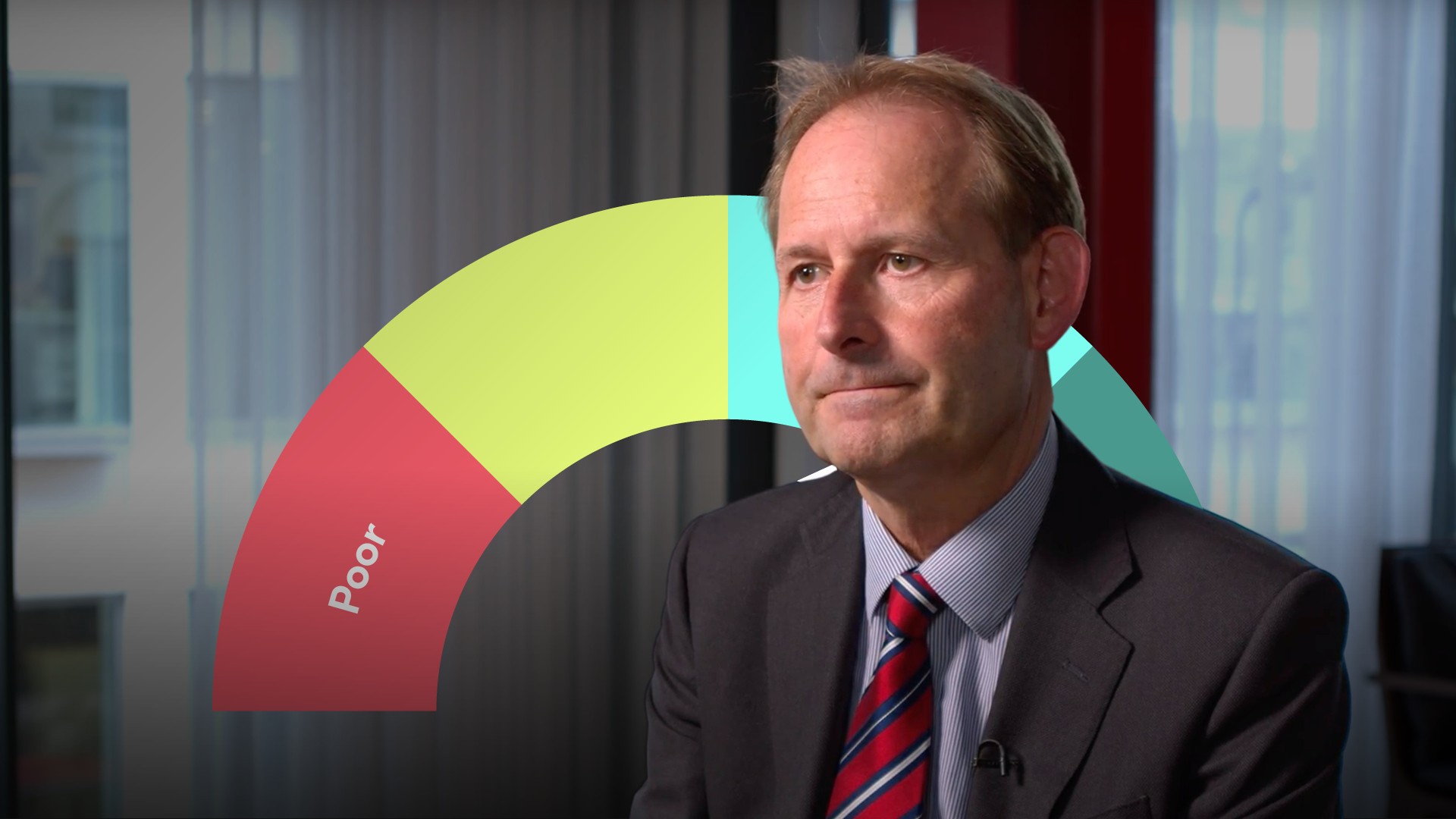
Introduction the Bank Lending Framework

Paul Taylor
35 years: Corporate banking
In the first part of this three part series on the ‘basics of lending’, Paul provides some context on its importance and discusses the lending strategy and objectives of a typical commercial bank.
In the first part of this three part series on the ‘basics of lending’, Paul provides some context on its importance and discusses the lending strategy and objectives of a typical commercial bank.

Introduction the Bank Lending Framework
5 mins 46 secs
Aggressive lending practices contributed to the 2008 Financial Crisis, largely because credit analysis was not the basis for issuing loans. Nowadays, commercial banks are more risk averse and focus on traditional and modern sources to assess a borrower's credit worthiness before issuing a loan.
Key learning objectives:
Outline the sources used to assess a potential borrower
Understand how lending practices impacted the 2008 Financial Crisis
Identify the aim of commercial banks in regards to lending
How did aggressive lending practices impact the 2008 Financial Crisis?
The global credit crisis is widely accepted to have been triggered by aggressive lending practices by banks. The catalyst for the credit crisis was proven to be a combination of the ‘originate to distribute’ model and a lack of focus on credit fundamentals. A key example of this, are the banks in the US:- In the US, banks were targeting clients for mortgages based not on credit fundamentals but on criteria favoured by Fannie Mae and Freddie Mac - the loan underwriting and distribution agencies
- The underwriting - or credit analysis and review within the commercial bank - seemed to decline in importance
- ‘Guarantees’ were in place from the underwriting agencies, so that banks would not be responsible for losses on mortgages they passed through to the agencies
- These factors encouraged dubious lending decisions and failed to protect borrowers from over-stretching their finances
What is the aim of a commercial bank when it comes to lending?
The bank is seeking a ‘banking return’ rather than an ‘investment return’, so they need to be conservative; they expect to make a profit on the lending and cannot afford many loans not to be repaid.
In the commercial banking market, ideally, the lender gets their money back with interest, but the bank does not share the profits or upside of success - so they should not be participating in excessive risk taking. This should be left to investment or equity financiers rather than bank lenders.
What sources of information does a bank use to assess a borrower?
Traditional Sources:- A loan or mortgage application form
- The account history of the customer if already known to the bank
- Any questions they care to ask during a discussion
- The internet
- Social media
- Credit databases
- Various company listings

Paul Taylor
There are no available videos from "Paul Taylor"

